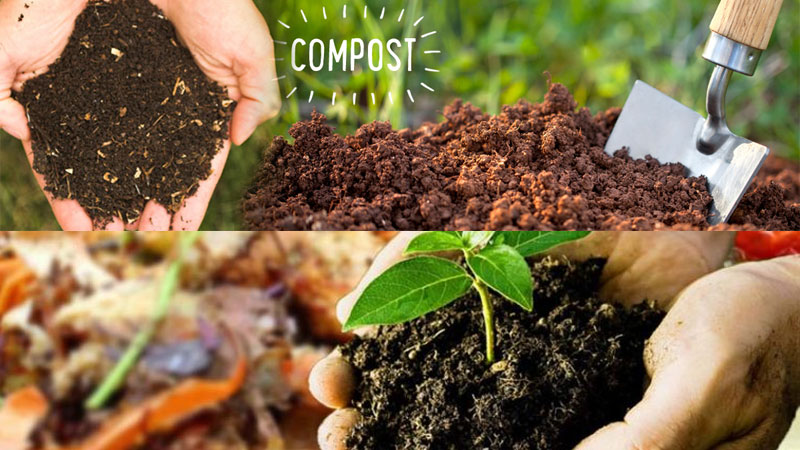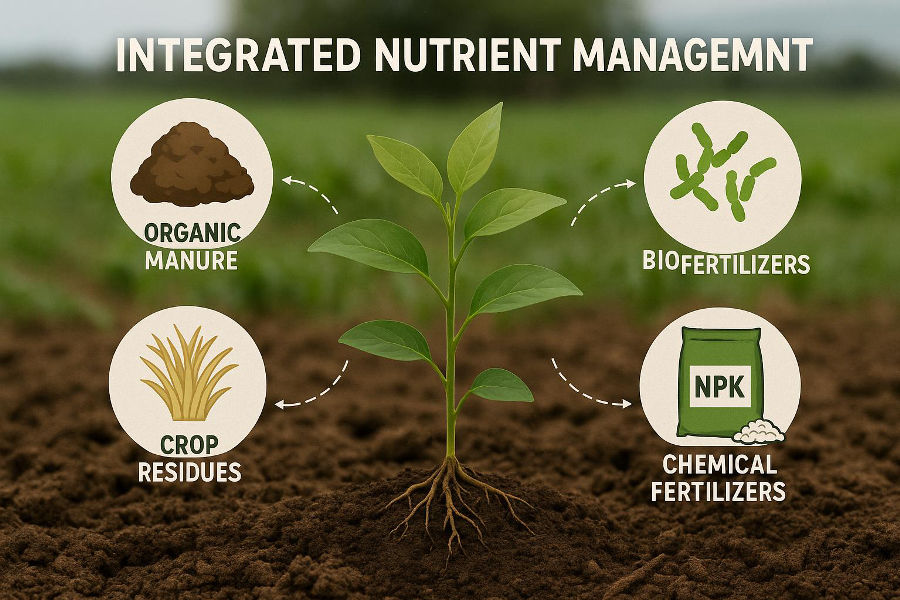As agriculture shifts toward sustainability, many farmers are choosing semi-organic farming—a smart middle ground that combines the high efficiency of chemical fertilizers with the long-term benefits of organic inputs. When applied properly, this approach helps maximize yields without compromising soil health.

As agriculture shifts toward sustainability, many farmers are choosing semi-organic farming—a smart middle ground that combines the high efficiency of chemical fertilizers with the long-term benefits of organic inputs. When applied properly, this approach helps maximize yields without compromising soil health.
Here’s how to create an effective semi-organic fertilization strategy:
⚖️ 1. Use Low Doses of Chemical Fertilizers for Baseline Nutrition
-
Apply reduced amounts of NPK fertilizers to supply immediate and essential macronutrients
-
Focus on early growth stages when plants require quick access to nitrogen, phosphorus, and potassium
-
Avoid over-application to prevent soil degradation, nutrient runoff, or microbial imbalance
📌 Tip: Split chemical fertilizer applications into smaller doses to improve efficiency and minimize loss.
🌱 2. Incorporate Organic Inputs to Support Soil Biology and Structure
-
Apply humic acid to enhance nutrient availability, improve cation exchange capacity (CEC), and build soil structure
-
Add microbial inoculants (e.g., Bacillus spp., Trichoderma spp.) to populate the soil with beneficial microorganisms that enhance root health and suppress pathogens
-
Use amino acid-based organic fertilizers to boost plant metabolism, reduce stress, and support enzyme activity
📌 Tip: Combine these inputs via fertigation or foliar spray to maximize uptake and minimize waste.
🌾 3. Harness the Synergy for Better Results
-
The combination of fast-acting chemical nutrients with slow-release organic support creates a balanced environment for both short-term yield and long-term sustainability
-
Organic inputs protect and rebuild soil while chemical inputs fuel crop development—striking a productive and eco-friendly balance
-
Over time, you can gradually reduce chemical dependence as a soil health improves
📌 Result: Stronger plants, improved yields, better-quality produce, and healthier soil.

✅ Conclusion
Semi-organic farming is a practical, scalable solution that lets you combine the best of both worlds: the power of synthetic nutrition and the resilience of organic soil management. With careful planning, this hybrid approach protects your land while enhancing your harvest.
📩 Need a customized semi-organic fertilizer program for your crops? Message us for expert guidance!